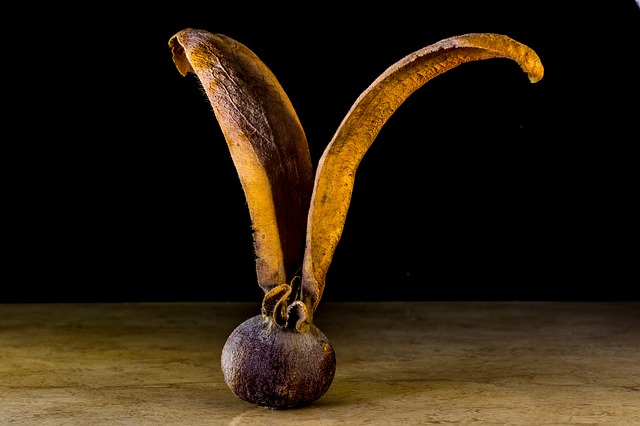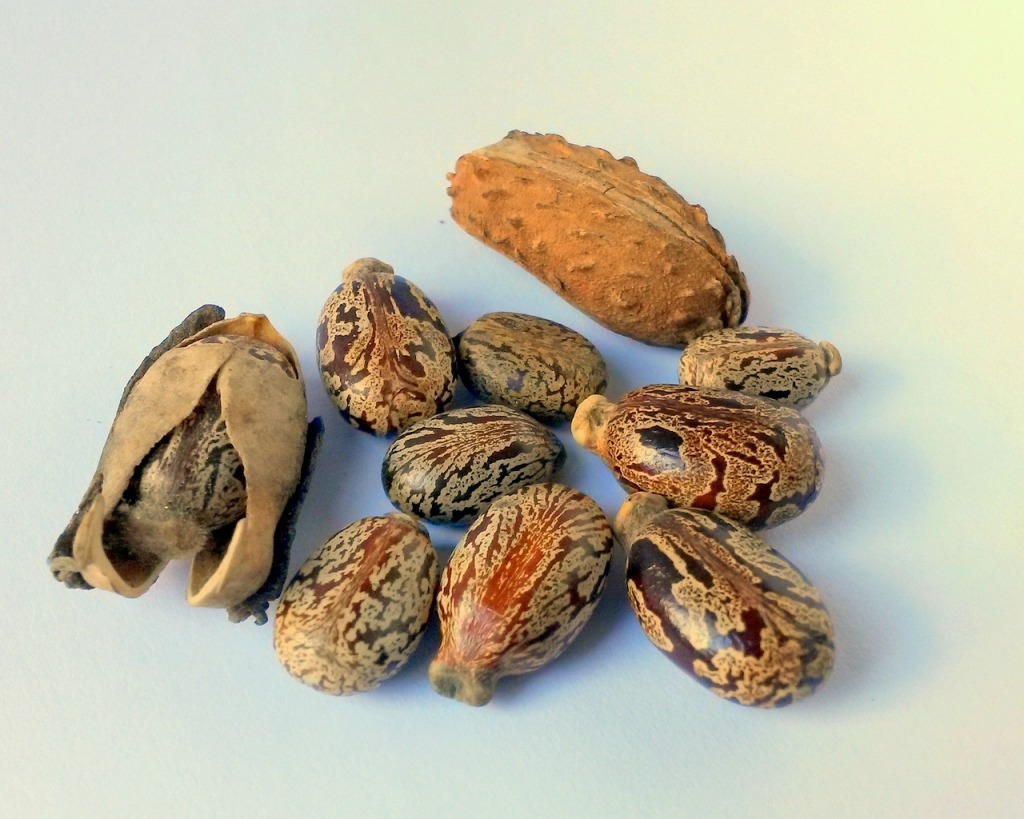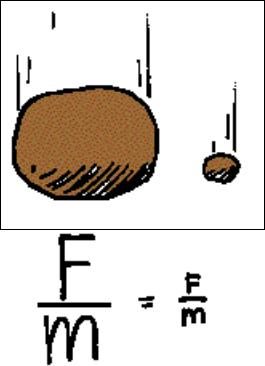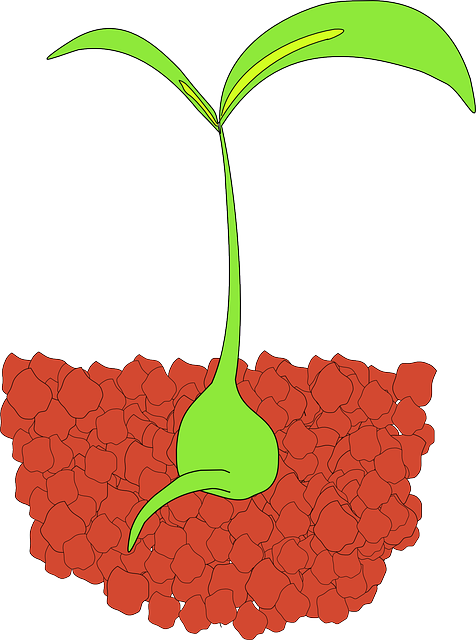Germination Facts
Germination is the process by which a plant grows from a seed.
to germinate (v) · to develop into a plant or individual, as a seed, spore, or bulb.
Let’s take a look at some germination facts.
The Life Cycle of a Plant
Let’s learn about seeds, embryos, and endosperms.
Everything that lives on earth has a life cycle. Life begins, it grows, it reproduces, and it dies. But what is a plant’s life cycle? Plants start their lives as tiny seeds.
These can be as tiny as a grain of salt or bigger than a fingernail. Some are round, and some are flat or tear-shaped.
Inside a seed is an embryo, which is a tiny plant, and the endosperm, which are small leaves which feed the embryo. The outside of the seed has a coat, and this acts as a protection for the embryo to make sure it’s safe.
Some seeds have very hard seed coats. Others have soft seed coats. This amazing coat protects the seed from extreme temperatures, injury and parasites.
The embryo is safely stored inside the coat, waiting for the perfect time to begin germinating, which means that it starts growing.
These seeds need to pass through a process called scarification! Wow, big word. This means that the hard seed coat changes to allow moisture to get in.
Scarification happens naturally in nature in a number of ways, for example through freezing temperatures, when seeds pass through the digestive tract of an animal or through microbial activities that break down the seed coat.
Microbial means tiny organisms that is normally bacteria and can cause disease.
Gardeners do this by soaking their seeds in water or putting a small cut in them to soften the coats so they’ll grow faster.
The Right Conditions for Germination?
Seeds need the right conditions to germinate and they might have to wait for years before those conditions are right. Sometimes we think a seed is dead.
It may have sat in a cupboard for years and years and does nothing, but give it the right conditions and it will probably germinate and grow.
Some seeds need light to germinate, others need darkness but all seeds need moisture, oxygen and the right temperature to germinate.
The usual temperature range needed for proper germination of seeds in a given soil type is about 41⁰ to 752 degrees Fahrenheit (5⁰ to 400⁰ Celsius.)
Once the conditions are right, the plant inside starts to grow and get bigger. It pushes open the seed coat, a bit like a chick hatching out of an egg. Tiny leaves appear and they push out of the soil.
Seed Distribution
Birds and other animals often eat seeds. The seeds come out in the animal’s poop. They drop to the ground and make new plants. Some seeds are carried to new places by the wind.
Some catch on an animal’s hair or hiker’s socks and are carried elsewhere. They may be swept downstream. There are so many ways of seeds can be moved from one place to another.
The Germination Process
When conditions are right the seed starts taking in water and gets bigger and bigger until the coat splits apart. Air can then get to the seed.
The oxygen in the air helps the baby plant burn the food packed inside the seed. Burning the food produces energy. The baby plant uses the energy to grow.
The root begins to grow downward and the baby stem begins to curl upward. Soon the baby plant isn’t a baby anymore.
Gravity and Germination
Some scientists believe that gravity makes roots to grow downward but tests done in space have shown otherwise.
Researchers studied plants which were sent to the International Space Station in 2010 to see how plant roots developed in a weightless environment.
The plants orbited about 220 miles (350 kilometers) above the Earth. Wow!
“The role of gravity in plant growth and development in terrestrial environments is well understood,” said plant geneticist and study co-author Anna-Lisa Paul, of the University of Florida in Gainesville.
“What is less well understood is how plants respond when you remove gravity.”
They found the sprouted roots behaved like they would on Earth – growing away from the seed to seek nutrients and water in exactly the same pattern observed with gravity.
The plant is thought to have an ability to orientate itself as it grows and doesn’t need gravity to guide it.
There is no apparent reason why plants cannot grow on a long-term mission to Mars, or in reduced-gravity environments such as in specialized greenhouses on Mars or the moon. That’s truly amazing!
Amazing Germination Facts
A Russian team discovered some seeds of Silene stenophylla, a flowering plant native to Siberia that had been buried by an Ice Age squirrel. Radiocarbon dating confirmed that the seeds were 32,000 years old.
They placed them in vials, and germinated the plants which grew, flowered, and after a year, created seeds of their own.
Now this is pretty amazing too. A psychologist by the name of Dr Gary Schwartz at the University of Arizona believes that humans can have an effect on how plants germinate. Wow!
He tested to see what happens to seed germination when humans focus on them.
Well, his findings showed that we do have an influence on how plants grow. So if you’re germinating a plant talk to it every day and be kind with water!
Some seeds are poisonous to humans, such as the peach stone, which contains cyanide.
The biggest seed – Coco-de-Mer, also known as the double coconut, grows only in the Seychelles. It’s the same size and shape as a large bottom and weighs up to 30kg. That’s one crazy shaped plant!
The seeds of proteas from South Africa germinate after they have been exposed to smoke. Wow, this is actually a survival tactic for plants that grow in fire-prone zones.
Some seeds can fly, including sycamore and dandelions. Some say that this is where the idea for helicopters and parachutes came from. That’s cool.
Some seeds can stick; the idea for Velcro came from a burdock seed.
Some seeds plant themselves like wild oats drill themselves into the ground once watered.
Cotton fabric is made from the hairs on the seeds. Each hair is 3,000 times as long as it is wide.
What interesting seeds we’ve got. Aren’t they clever? We hope you enjoyed these germination facts!











